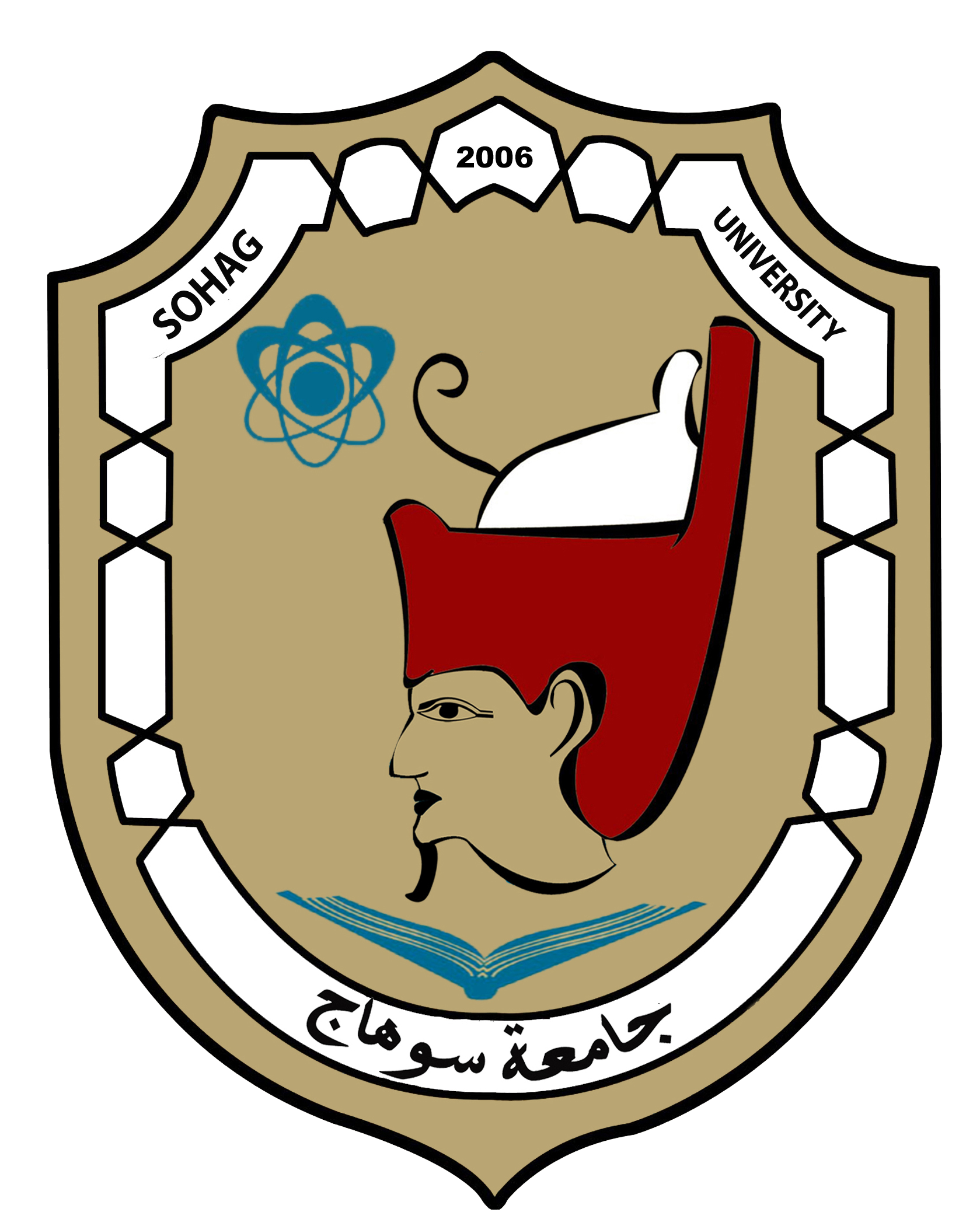To accelerate the solution of large eigenvalue problems arising from many-body calculations in nuclear physics on distributed-memory parallel systems equipped with general-purpose Graphic Processing Units (GPUs), we modified a previously developed hybrid MPI/OpenMP implementation of an eigensolver written in FORTRAN 90 by using an OpenACC directives based programming model. Such an approach requires making minimal changes to the original code and enables a smooth migration of large-scale nuclear structure simulations from a distributed-memory many-core CPU system to a distributed GPU system. However, in order to make the OpenACC based eigensolver run efficiently on GPUs, we need to take into account the architectural differences between a many-core CPU and a GPU device. Consequently, the optimal way to insert OpenACC directives may be different from the original way of inserting OpenMP directives. We point out these differences in the implementation of sparse matrix-matrix multiplications (SpMM), which constitutes the main cost of the eigensolver, as well as other differences in the preconditioning step and dense linear algebra operations. We compare the performance of the OpenACC based implementation executed on multiple GPUs with the performance on distributed-memory many-core CPUs, and demonstrate significant speedup achieved on GPUs compared to the on-node performance of a many-core CPU. We also show that the overall performance improvement of the eigensolver on multiple GPUs is more modest due to the communication overhead among different MPI ranks.


